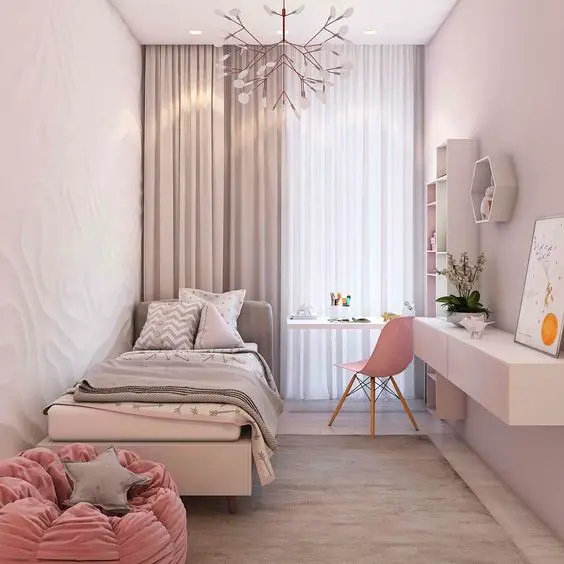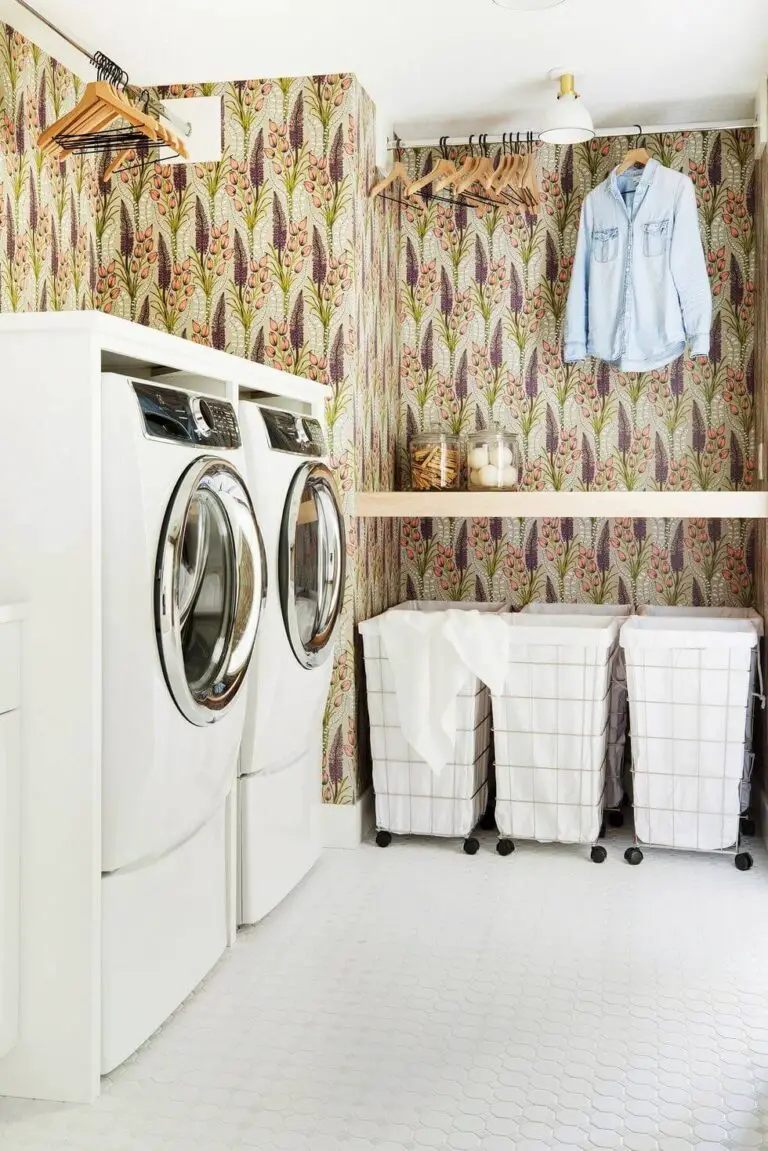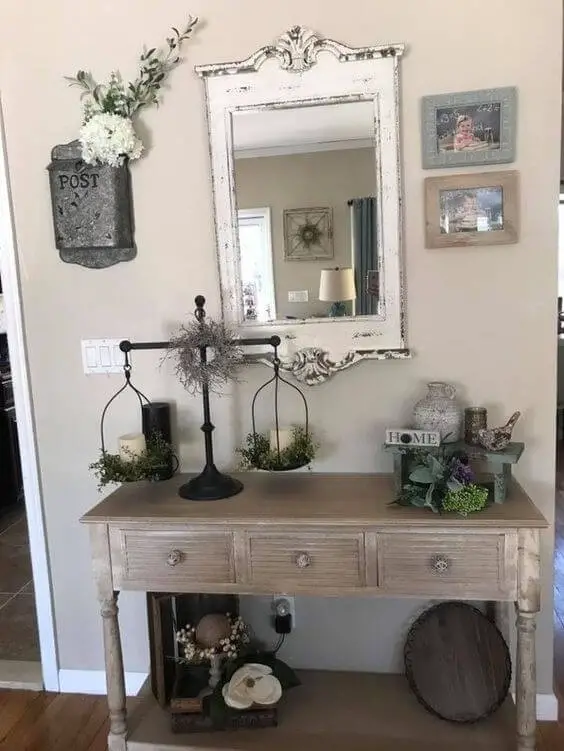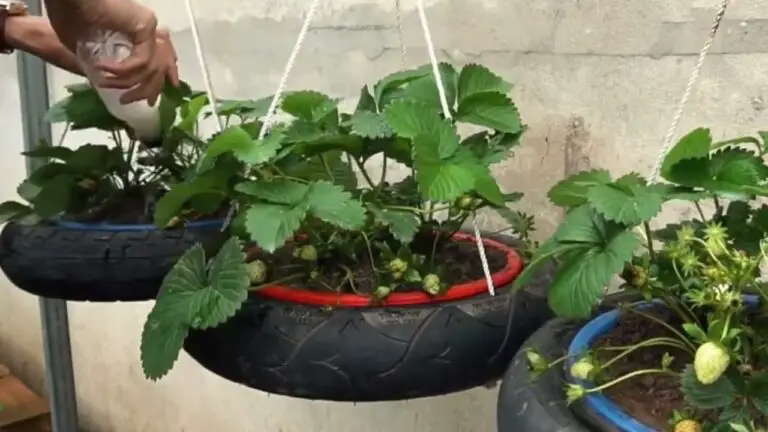18+ Diy Plastic Flower Pot Makeover Projects
While plastic flower pots are lightweight and easy to move, their aesthetic appeal is often lacking. However, with some creative decorating ideas, you can transform them into stunning pieces that add a touch of elegance to your garden, deck, or home. When purchasing flowers from a nursery, it’s common to receive multiple black plastic flower pots as part of the deal. Rather than discarding them once the plants are planted out, consider giving them a makeover.
With a few simple decorations, you can turn these plain vessels into unique features that showcase your personal style. From painting and roping to using natural elements like shells, there are numerous ways to give new life to plastic flower pots. This article will provide you with inspiration and ideas to get started on your creative journey.
Painting Plastic Flower Pots
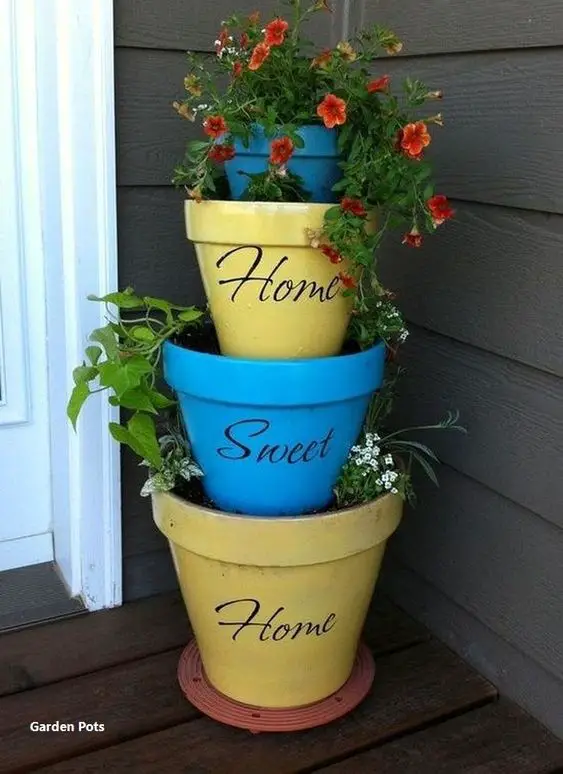
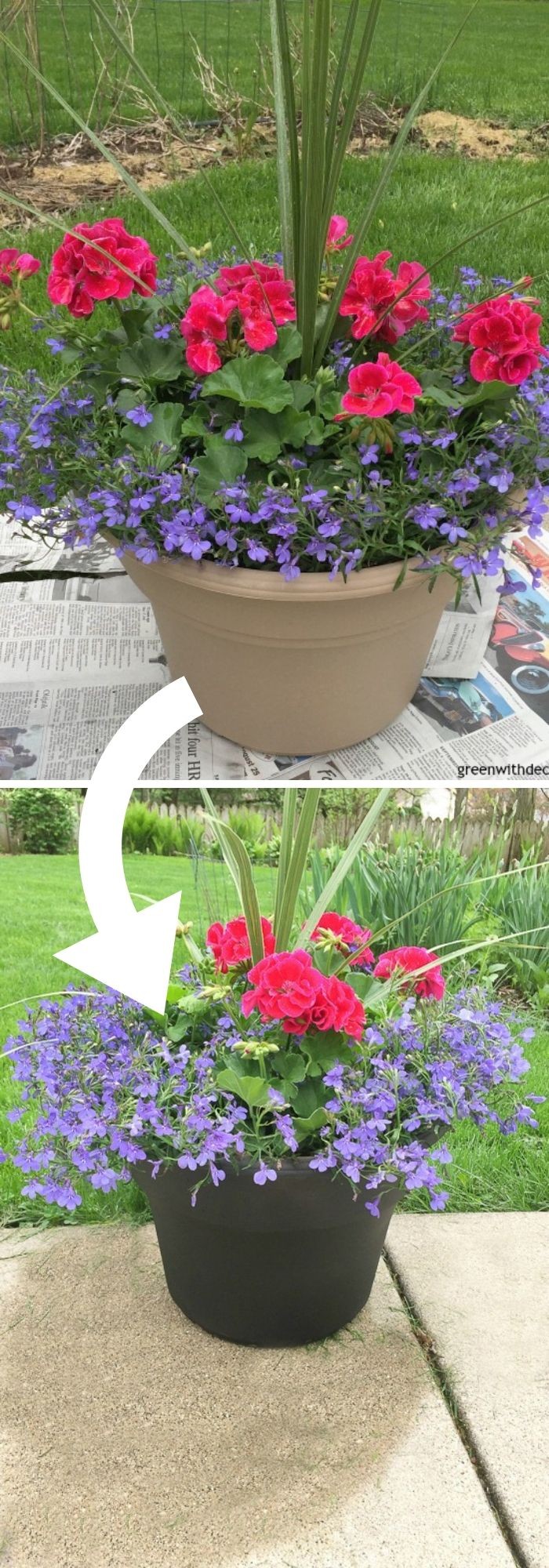
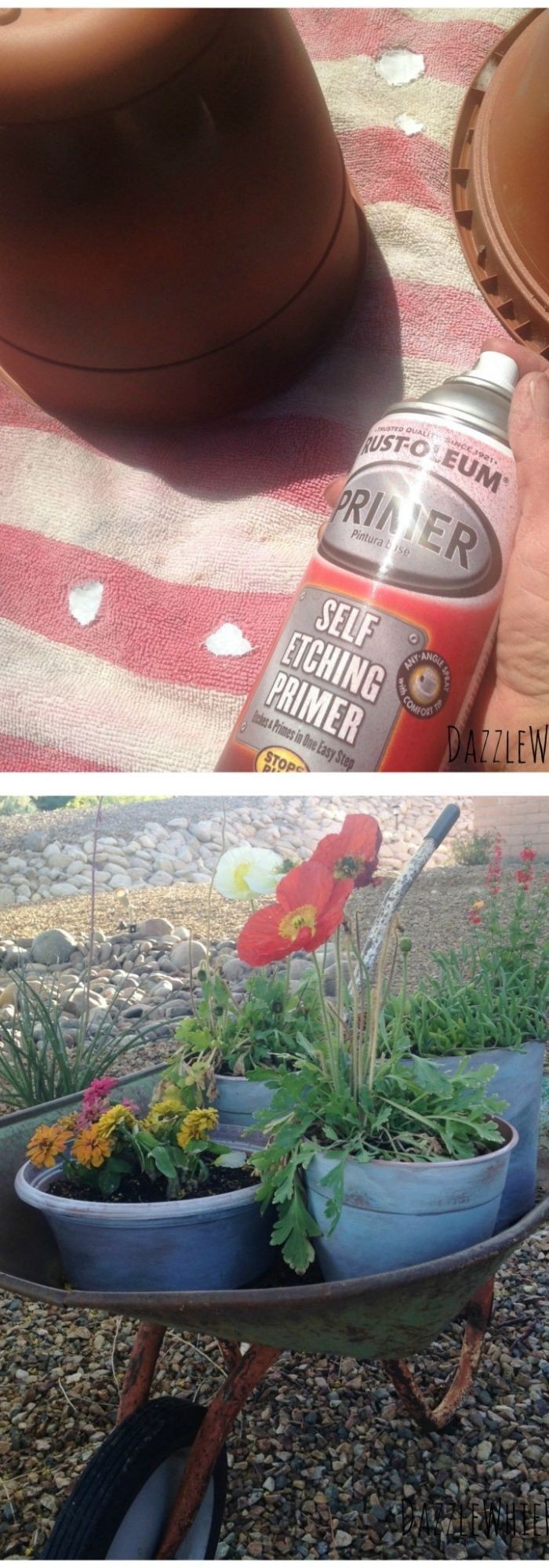
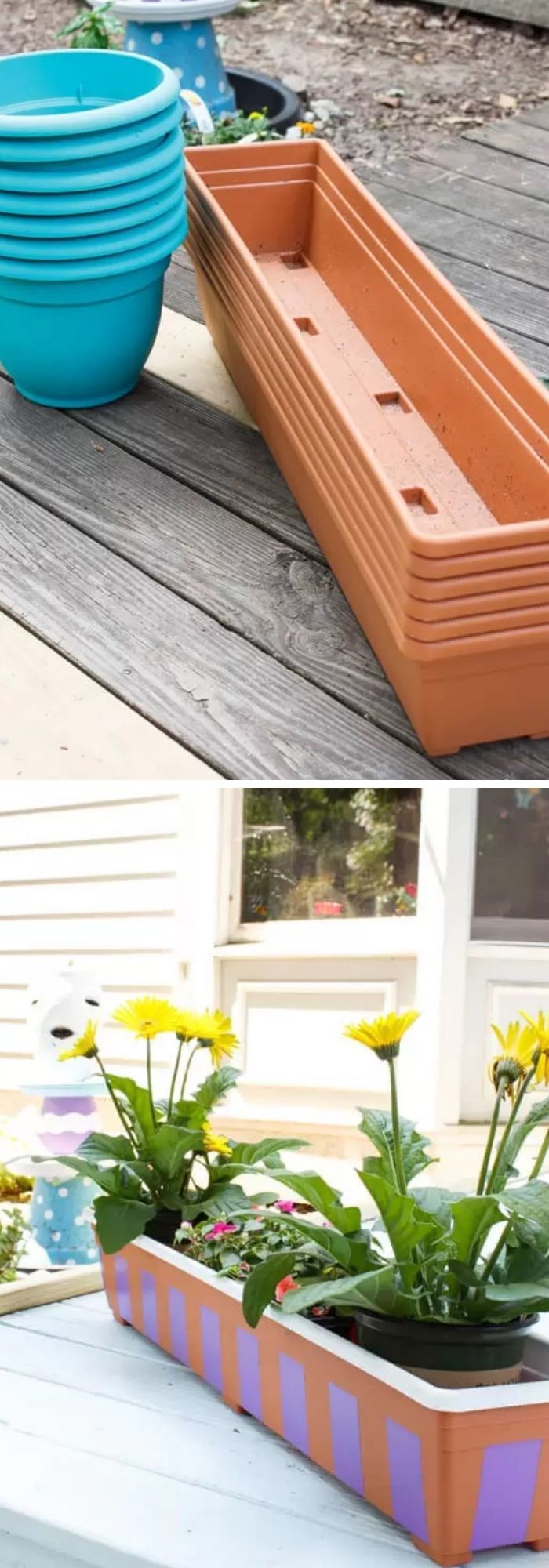
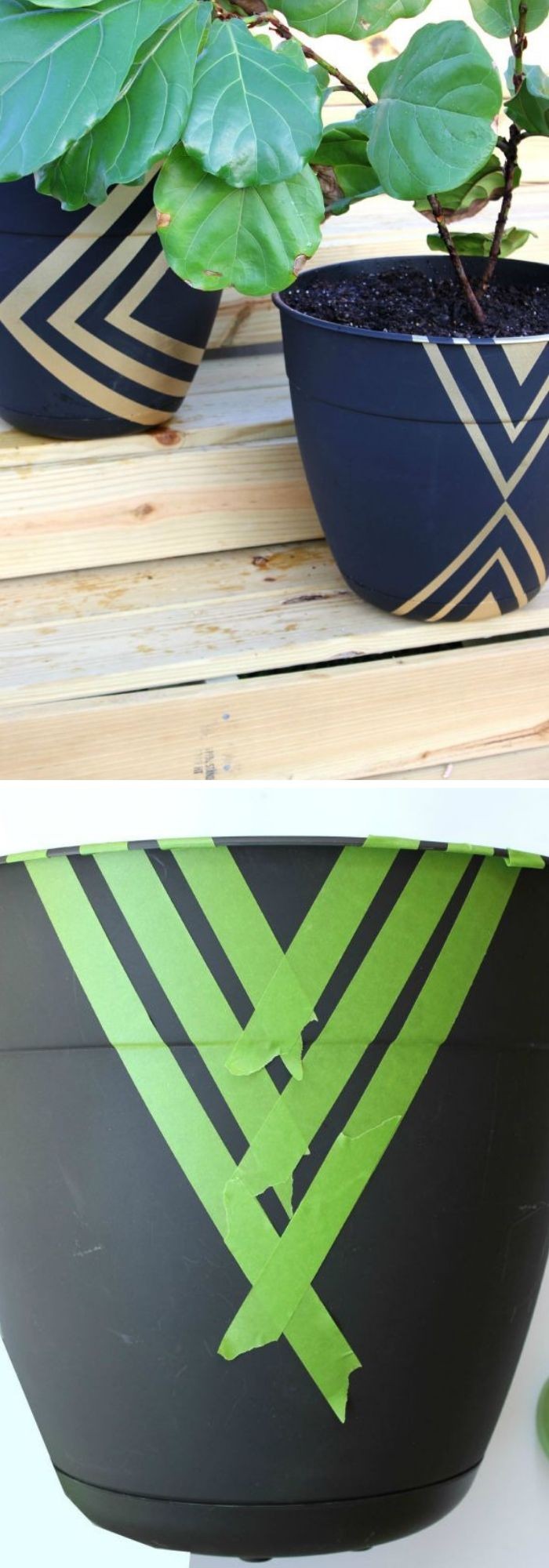
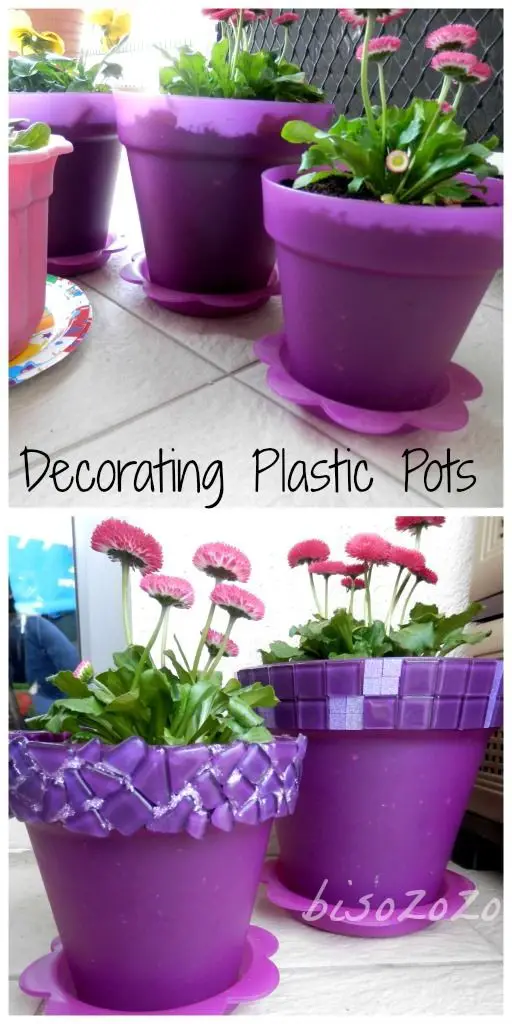
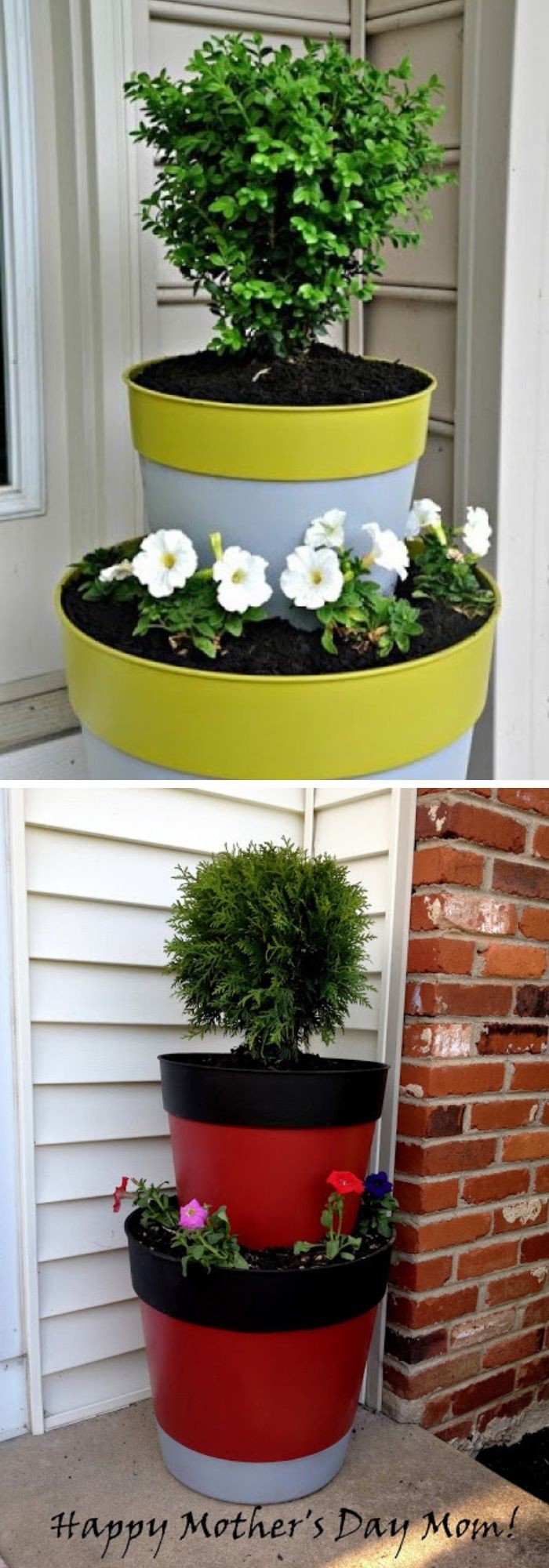
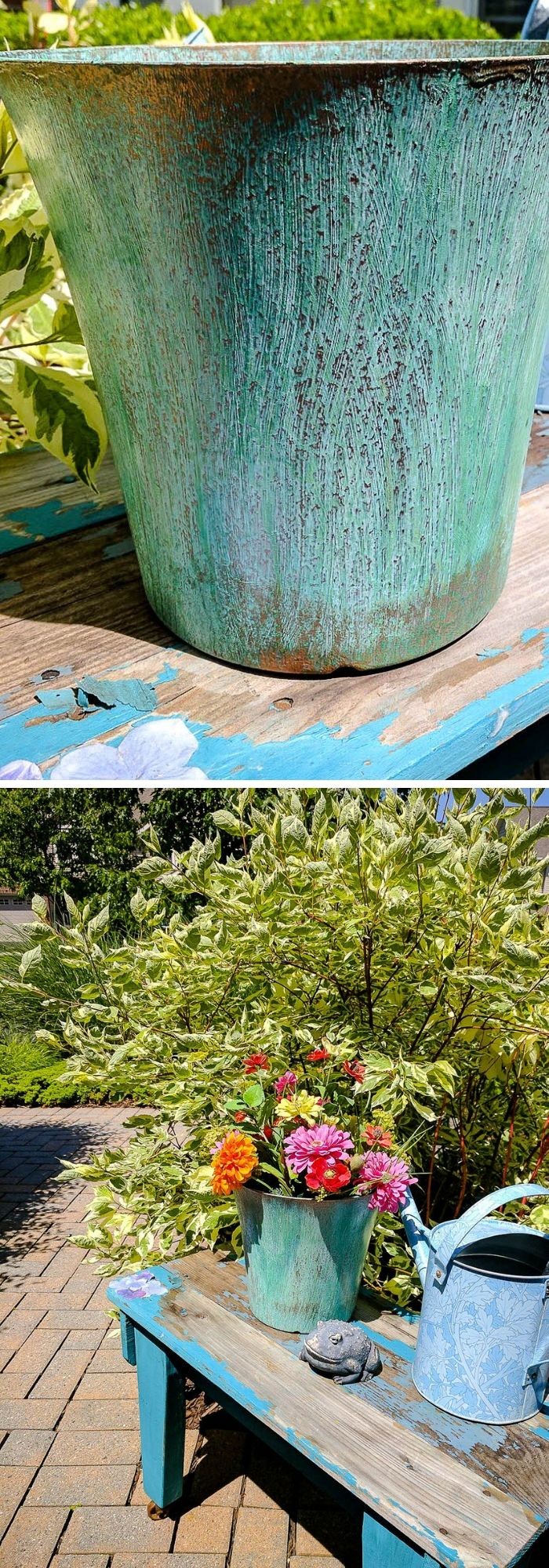
Transforming a plain plastic flower pot into a stunning piece of home decor is as easy as giving it a fresh coat of paint. Opt for water-based paints, which are better suited for this task than oil-based alternatives. For a classic look, try pairing the pot with lush greenery using a rich brown hue that complements the plants perfectly. But if you’re feeling adventurous, why not try something entirely different?
Here are some unique and eye-catching ideas to get you started:
Add some flair with red and white stripes – go for horizontal, vertical or diagonal patterns to create visual interest.
Create a whimsical design by painting white flower heads and stalks all the way around the pot.
For a modern twist, try a green or blue background adorned with geometric or abstract shapes.
Make a statement with bold black and white zebra stripes.
Go for a rustic look with black or brown spots on a white background, evoking the image of cow hide.
Or why not opt for the dramatic flair of leopard spots?
Add some charm to your garden decor with light-colored backgrounds featuring contrasting ladybugs. These are just a few ideas to get you started – feel free to experiment and come up with your own unique design!
Rope on Plastic Flower Pots
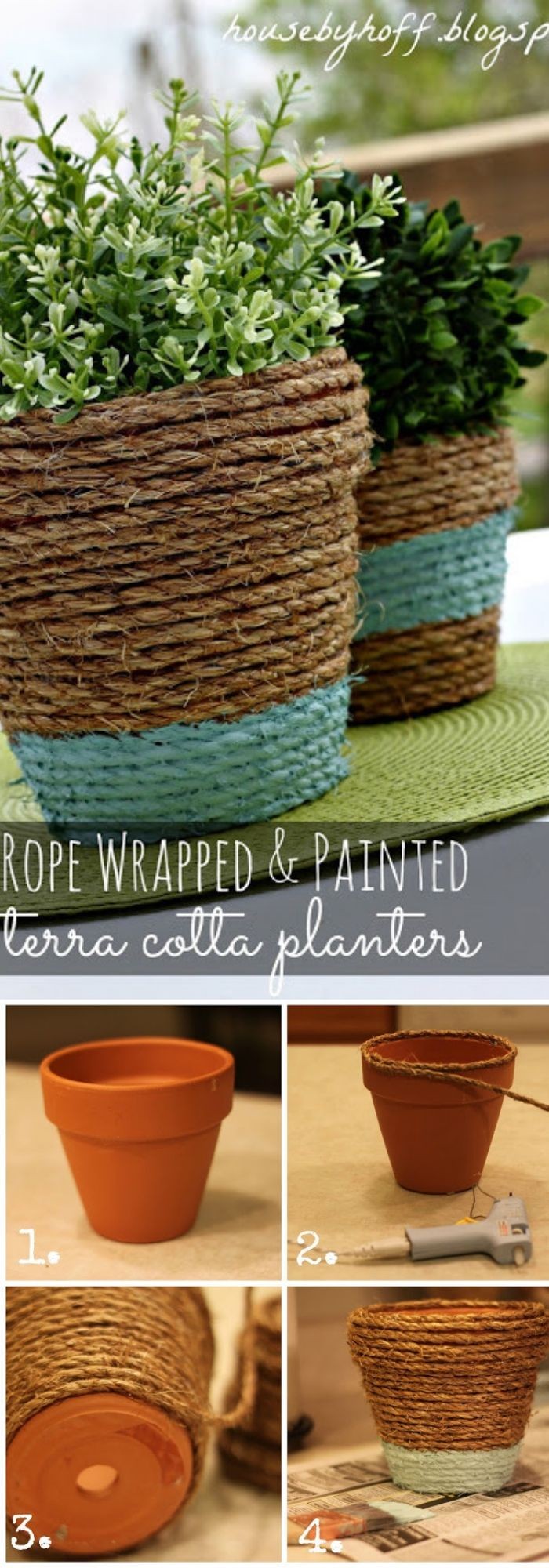
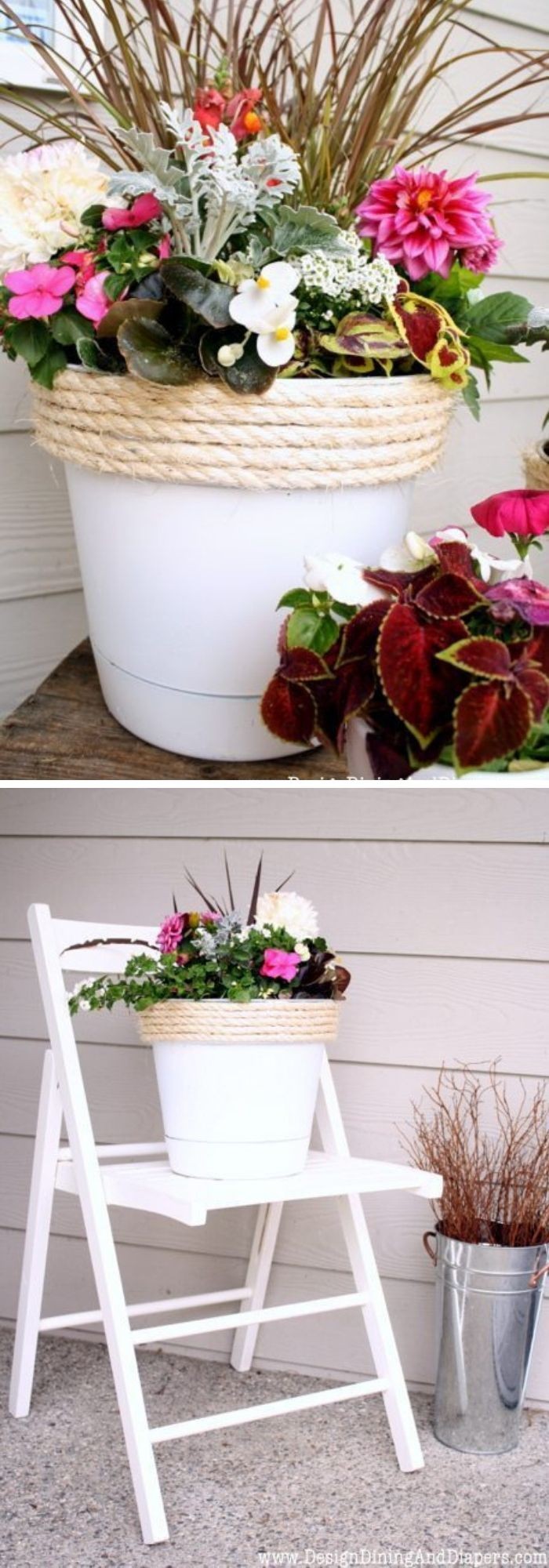
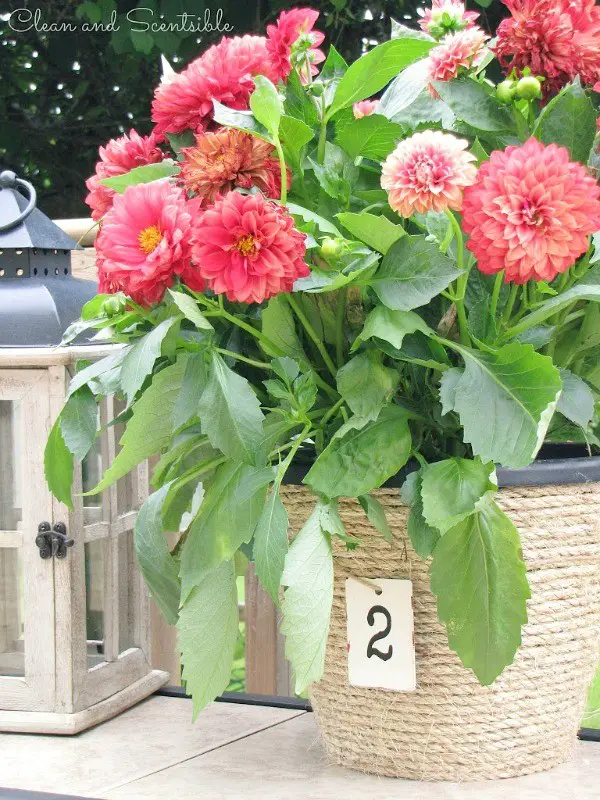
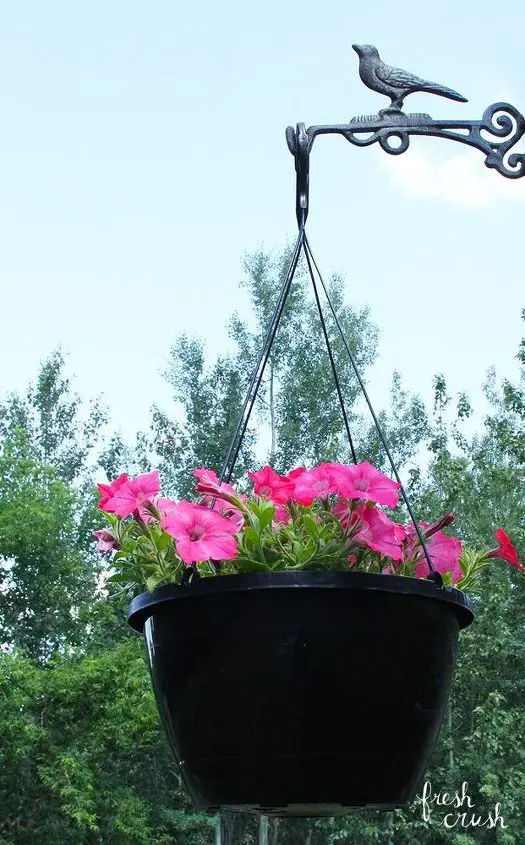
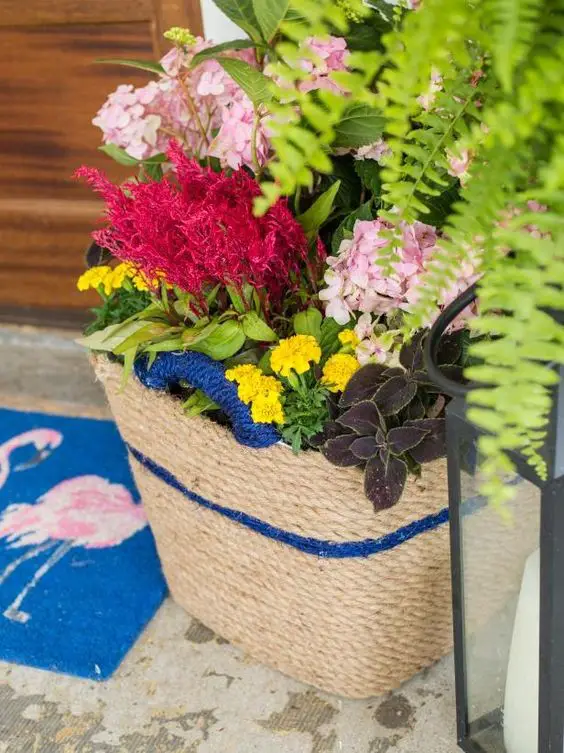
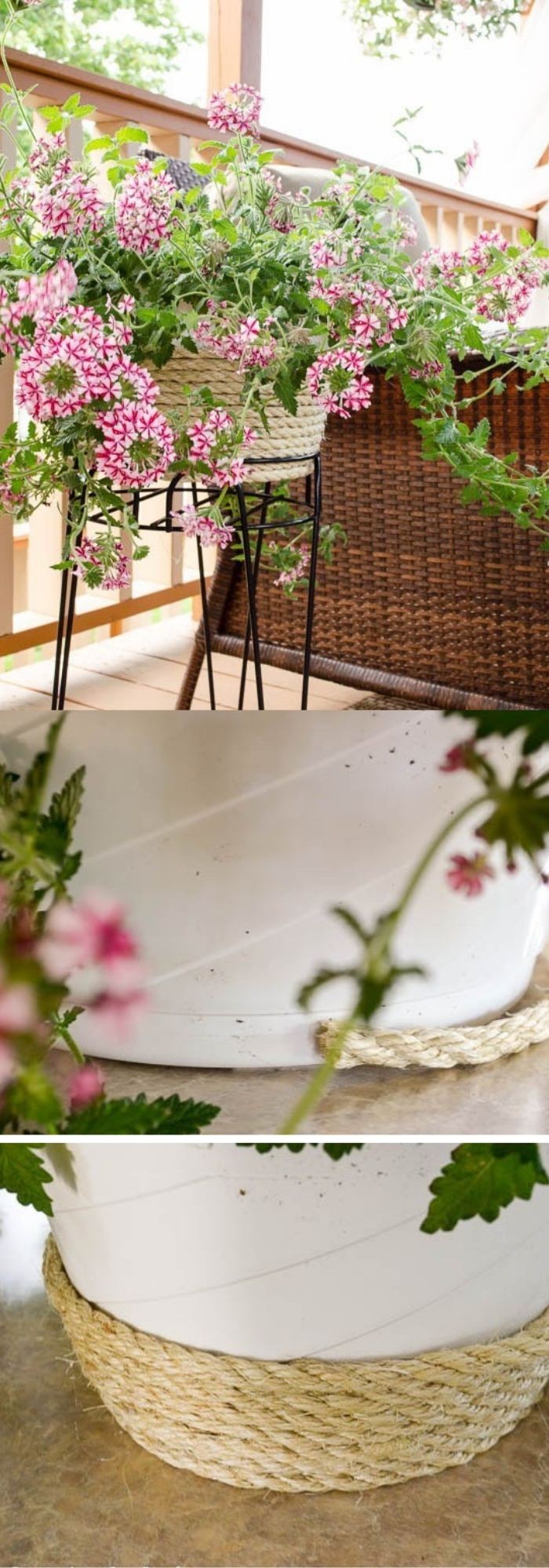
Rope adds an element of whimsy and texture to plastic flower pots, elevating their design and visual appeal. To secure the rope in place, a hot glue gun is essential. When it comes to outdoor use, synthetic rope made from materials like nylon or plastic is recommended, as natural fibers can deteriorate when exposed to rain. Here’s how to effectively integrate rope into your floral displays. To start, you can twist the rope around the pot and secure it with hot glue.
This creates a sturdy bond that won’t come undone easily. For added visual interest, you can use a thinner twine or cord to create unique patterns and designs on painted pots. Take it up a notch by layering rope and twine in a creative pattern. Position the rope horizontally around the pot, then cover it with a twisted design created from twine. This adds depth and visual appeal to your floral arrangement.
To really make your rope-wrapped pots pop, consider painting the rope itself to add an extra dimension of color, texture, and personality. With these simple techniques, you can transform plain plastic flower pots into unique and eye-catching works of art that reflect your personal style.
Using Shells on Plastic Flower Pots
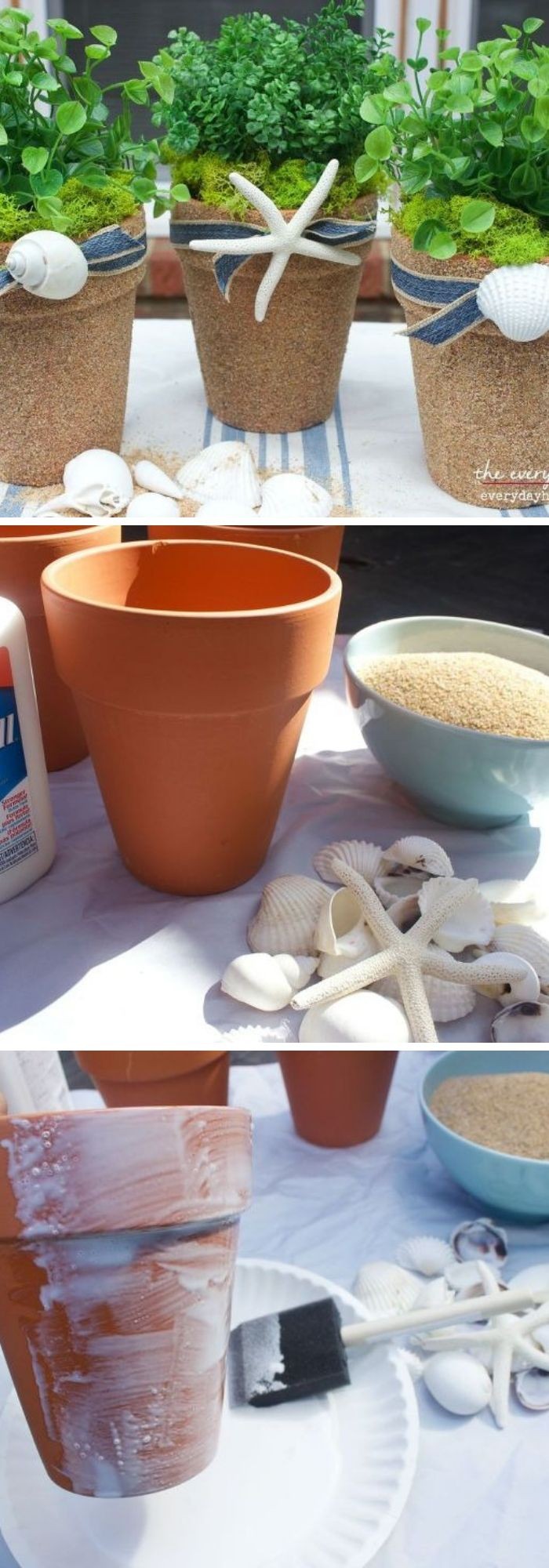
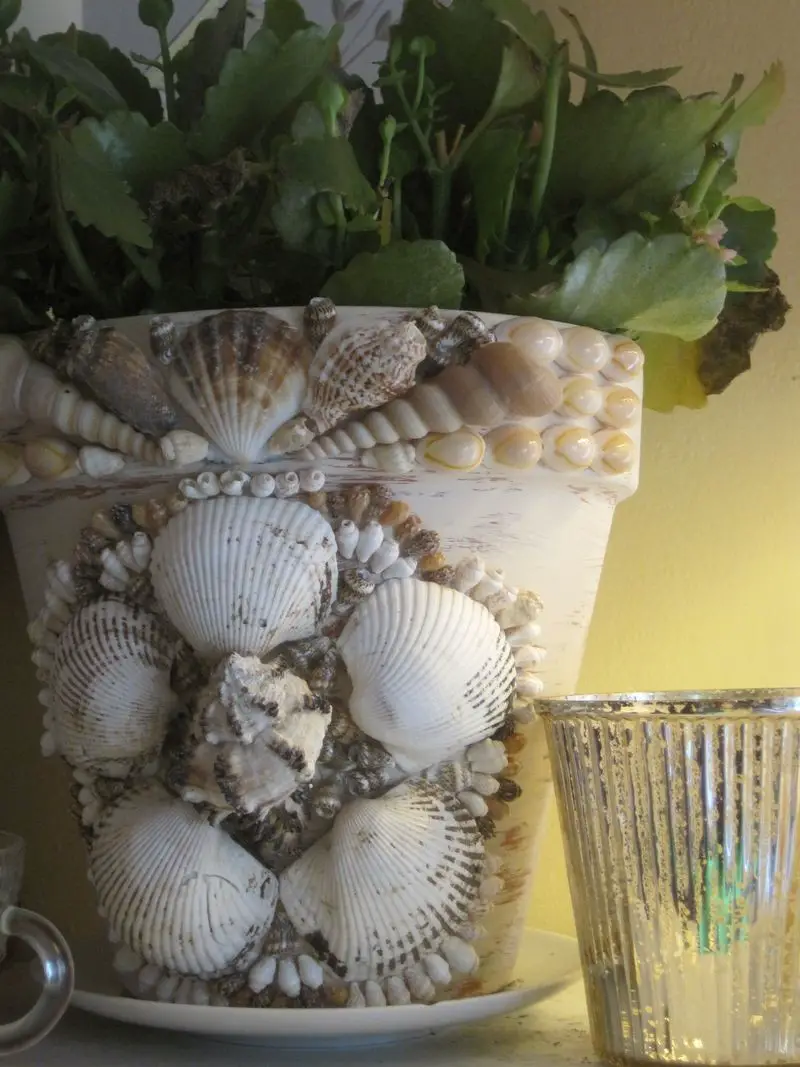
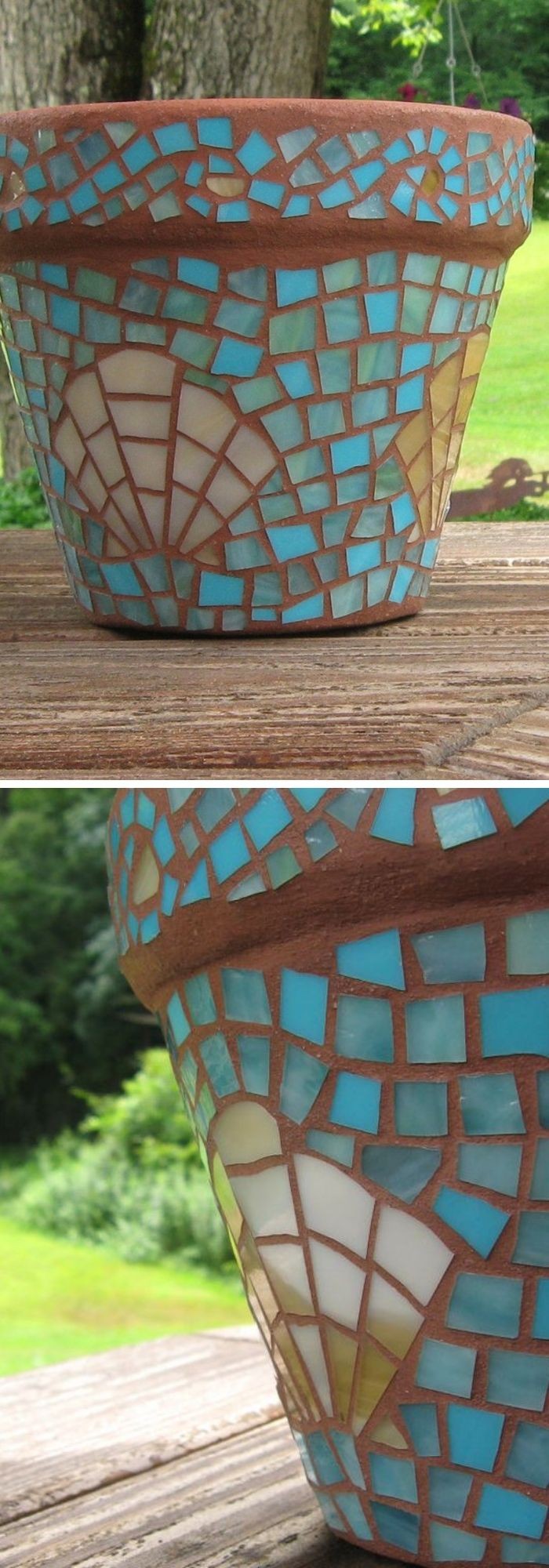
When it comes to decorating plastic flower pots, shells can add a touch of elegance and versatility. They can be glued over contrasting paints or rope, allowing for a wide range of design possibilities. Shells can be painted beforehand to match your desired color scheme or left in their natural state for a more rustic look.
It’s essential to note that when applying shells, avoid gluing them around the top of the pot where it will be gripped when moved, as this could cause them to break off or become damaged. By taking this precaution, you can ensure your decorative shell design remains intact and visually appealing.
Other Ways to Decorate Plastic Flower Pots
To give your plastic flower pots a fresh new look, you can combine different decorating methods. For instance, start with a rope border at the base and fill in the top with sand, paint, or shells. Alternatively, simply wrap the pot with pretty paper or foil and tie ribbons around it for a charming touch. A big floppy bow would be especially lovely on a painted pot – perfect for indoor use only, of course.
One creative way to add some visual interest is to apply layers of glue and white sand to the pot. Simply glue on sections at a time, then drizzle the sand over it before the glue dries completely. This will give you a beautiful, subtle color with an interesting texture. If you’re not feeling artistic or don’t have the patience for painting, consider adding small pieces of broken colored tiles around the pot instead.
The result will be a unique and eye-catching piece that’s sure to brighten up any room. Decals are also a great option for those who want to add some personality to their flower pots without having to get creative with paint.
How to Group Plastic Flower Pots
When displaying plastic flower pots of varying sizes, strategically position the taller ones towards the rear to create a visually appealing arrangement. While it’s ideal to group similar colors together, you can also tie in different designs with a shared background color. As you complete multiple decorated pots, you’ll be able to create an eye-catching focal point.
Gardening with Plastic Flower Pots
In recent times, plastic flower pots have undergone a significant transformation. Advances in polymer research and innovative design approaches have enabled manufacturers to create high-quality products that rival their designer counterparts.
Gone are the days of bland, reddish-brown plastic pots masquerading as terra cotta.
Today’s consumers can enjoy large, stylish flower pots at affordable prices that mimic the look and feel of traditional materials like clay, ceramic, or metal – and occasionally even wood.
Plastic Flower Pots: The Advantages of Using a Large Flower Pot
When evaluating the benefits of using plastic flower pots, several key factors come into play. For one, their affordability is a significant advantage, as they can be had at a fraction of the cost of traditional options. Additionally, their lighter weight makes them easier to move around, even when dealing with larger pots. Moreover, high-grade plastic flower pots are often more durable and resistant to rust, providing peace of mind for gardeners.
Furthermore, modern manufacturing techniques have opened up a wider range of design options, including various colors, textures, and sizes.
How to Plant in Plastic Flower Pots, Outdoor Planters and Plastic Planters
When it comes to planting in outdoor planters, Peter HcHoy’s book, The Complete Guide to Gardening, provides invaluable guidance. His approach emphasizes simplicity and effectiveness, regardless of the planter material – plastic, ceramic, clay, or metal. To get started, take the following steps: Firstly, ensure the drainage holes are properly covered with a layer of gravel or chipped bark to prevent water accumulation at the bottom of the pot.
Next, fill the planter with a loam-based potting mixture, leaving just enough space below the rim for excess moisture to escape. For visual impact, place a tall or bold plant in the center position. Then, surround it with bushier but lower-growing plants to create a visually appealing arrangement. Finally, complete the look by applying a decorative mulch on top, serving both aesthetic and practical purposes – conserving moisture and promoting efficient watering.
This approach is particularly useful for plastic flower pots, which tend to dry out faster than in-ground gardens.
Cleaning Plastic Flower Pots and Other Garden Pots
As autumn’s arrival brings a slew of tasks for gardeners, those utilizing plastic flower pots face an additional set of responsibilities. As the winds begin to howl, it’s crucial to take care of any lingering issues that might arise. According to The Complete Guide to Gardening, plant diseases can easily spread from one plant to another on contaminated pots.
To mitigate this risk, it’s essential to thoroughly clean all flower pots in the fall using a disinfectant like a vinegar or bleach solution. Pots should be scrubbed both inside and out before being placed outside to dry and subsequently stored for winter. Come springtime, the pots will be sparkling clean and ready for another thriving gardening season.
Related Posts
When it comes to precision woodworking, having the right tools can make all the difference. For those looking to take their skills to the next level, here are 12 expert-recommended dowel jigs that will help you achieve professional-grade results in your projects. Meanwhile, if you’re looking to start a career in carpentry or teach DIY skills to others, we’ve got guides on how to become a carpenter and how to become a DIY instructor.
And for those who love gardening, here are over 30 unique pebble garden ideas and designs to inspire your next outdoor project. Additionally, don’t miss our selection of creative DIY wheelbarrow garden projects and space-saving bed frame design free plans.

